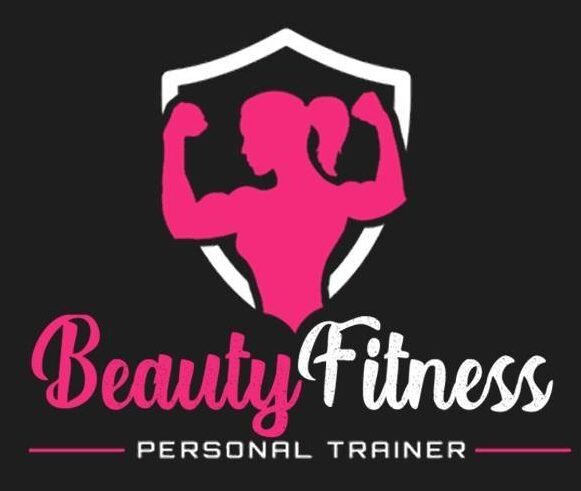Transitioning to natural hair or starting your natural hair journey can be a rewarding and empowering experience. However, it can also come with challenges, especially if you’re unsure where to begin. Here are some comprehensive tips to help you manage and nurture your natural hair, ensuring it stays healthy, vibrant, and beautiful.
1. Understand Your Hair Type
Natural hair comes in various textures and curl patterns, which are often categorized into types:
- Type 1: Straight hair
- Type 2: Wavy hair
- 2A: Loose waves
- 2B: Defined waves
- 2C: Deep waves
- Type 3: Curly hair
- 3A: Loose curls
- 3B: Springy curls
- 3C: Tight curls
- Type 4: Coily hair
- 4A: Soft coils
- 4B: Z-shaped coils
- 4C: Tightly coiled, often with little to no defined curl pattern
Knowing your hair type helps in choosing the right products and techniques that work best for your specific curl pattern and texture.
2. Moisturize, Moisturize, Moisturize
Natural hair tends to be drier than other hair types due to its curl pattern, which makes it harder for natural oils to travel down the hair shaft. Keeping your hair moisturized is crucial for maintaining its health and preventing breakage.
- Water: The most essential moisturizer. Spritz your hair with water regularly.
- Leave-In Conditioners: Use after washing your hair to maintain moisture.
- Oils: Seal in the moisture with natural oils like coconut oil, olive oil, jojoba oil, or argan oil.
3. Deep Conditioning
Deep conditioning is a vital step for maintaining healthy natural hair. It involves using a specially formulated conditioner that penetrates the hair shaft to deliver intense hydration and nourishment.
- Frequency: Aim to deep condition your hair at least once a week.
- Method: Apply the deep conditioner, cover your hair with a plastic cap, and sit under a hooded dryer or use a heated cap for 15-30 minutes to allow better absorption.
4. Protective Styles
Protective styles help reduce manipulation of your hair, which can lead to breakage. These styles also protect your ends, the oldest and most fragile part of your hair.
- Types of Protective Styles: Braids, twists, buns, bantu knots, wigs, and weaves.
- Duration: Keep protective styles in for 2-4 weeks, ensuring you care for your scalp and hair during this period.
5. Gentle Detangling
Detangling natural hair can be challenging but is essential to prevent knots and breakage.
- Tools: Use wide-tooth combs or your fingers to gently detangle.
- Method: Detangle when your hair is damp or coated with conditioner to minimize breakage. Start from the ends and work your way up to the roots.
6. Avoid Heat Damage
Excessive use of heat styling tools can lead to damage and breakage. Limit the use of flat irons, curling irons, and blow dryers.
- Heat Protectants: Always use a heat protectant spray or serum before applying heat to your hair.
- Air Drying: Whenever possible, let your hair air dry to minimize heat exposure.
7. Regular Trims
Trimming your hair regularly helps to remove split ends and prevent breakage.
- Frequency: Trim your hair every 8-12 weeks, or as needed, to maintain healthy ends.
- DIY or Professional: You can trim your hair yourself or seek a professional stylist experienced with natural hair.
8. Nighttime Care
Protect your hair while you sleep to prevent dryness and breakage.
- Silk or Satin Scarves and Bonnets: Cover your hair with a silk or satin scarf or bonnet to reduce friction.
- Silk or Satin Pillowcases: If scarves and bonnets are uncomfortable, use a silk or satin pillowcase instead.
9. Healthy Diet and Hydration
Your hair’s health is influenced by your overall health. Eating a balanced diet rich in vitamins and minerals, and staying hydrated, can promote healthy hair growth.
- Nutrients: Incorporate foods high in vitamins A, C, D, E, and B-complex, as well as minerals like iron and zinc.
- Water: Drink plenty of water daily to keep your hair hydrated from the inside out.
10. Be Patient and Embrace the Journey
Transitioning to natural hair or learning to care for it can be a process that requires patience. Embrace your natural texture and enjoy the journey of discovering what works best for your hair.
- Celebrate Milestones: Acknowledge the progress you make and the milestones you achieve.
- Learn and Adapt: Your hair may change over time, so be willing to adapt your routine and try new things.
11. Seek Community and Support
Engage with the natural hair community for support, advice, and inspiration.
- Online Forums and Social Media: Join groups and follow influencers who share tips and encouragement.
- Local Meetups and Events: Attend natural hair events and meetups in your area to connect with others on the same journey.
12. Professional Guidance
Consider seeking advice from a professional hairstylist who specializes in natural hair. They can provide personalized tips and treatments tailored to your hair’s needs.
Conclusion
Taking care of natural hair requires understanding, patience, and a consistent routine. By moisturizing regularly, protecting your hair, and embracing your natural texture, you can achieve healthy, beautiful natural hair. Remember, every person’s hair is unique, so what works for one person may not work for another. Enjoy the process of discovering what makes your hair thrive, and don’t hesitate to seek support from the natural hair community.
